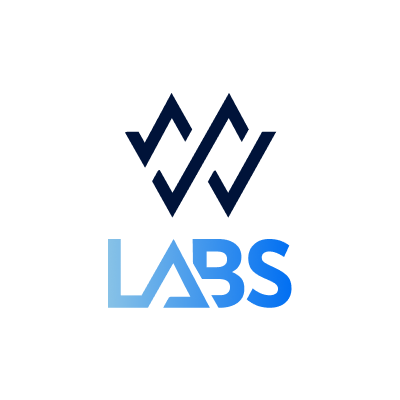As we’ve covered previously, there are several solutions for the gas problems on Layer 2 networks. However, most of these come with limitations that don’t outweigh the benefits of the solution.
Considering the limitations of current solutions, WonderFi Labs is looking to provide a more effective approach to onboarding users on Layer 2 networks using a new solution; the freemium gasless model.
How it works
Think of the freemium model like a fast pass program at a theme park. Everyone at the park can join the queue for a ride and wait. If you want to pay for a fast pass, you can get into a secondary queue that gets you on the ride faster.
Our L2 network (the ride) will have two lanes for transactions, one for free users (general attendees), one for power users paying gas fees (fast pass holders). These lanes move at the same rate, adding transactions (the riders) to the next block (the ride) in equal amounts from both lanes.
The power users are smaller in number, so their lane empties faster. If the power user lane empties, the L2 will fill up block space entirely from the lane of free user transactions.
 Diagram 1: First diagram shows power user and normal user transactions entering the blockchain at the same rate, but the power user line is shorter. Second diagram shows normal user transactions entering the blockchain at double the rate when the power user line is empty.
Diagram 1: First diagram shows power user and normal user transactions entering the blockchain at the same rate, but the power user line is shorter. Second diagram shows normal user transactions entering the blockchain at double the rate when the power user line is empty.
When are gas fees charged?
As we’ve covered, this model differentiates between user types to determine when to charge gas fees on transactions. For simple actions that do not require immediate confirmation the model offers gasless transactions. For high-priority actions from high-demand users the model will charge gas fees on the transactions.
| Gasless Transactions | Paid Transactions |
|---|---|
| Low-priority transfers | Urgent transactions |
| Basic dApp interactions | Frequent network interactions |
| Infrequent transactions | On demand Rollup |
| Limited compute units |
Table 1: Examples of gasless versus paid transactions
This tiered model enables the majority of users to interact gaslessly while providing revenue from power users, balancing network demand and encouraging a better user experience.
Advantages of the freemium gasless model
The freemium gasless model presents a range of benefits over current solutions, offering both an improved onboarding experience and a sustainable model for Layer 2 networks:
-
Streamlined Onboarding: By removing gas fees for basic transactions, the model enables new users to interact with blockchain technology without the need for initial token purchases or complex onboarding.
-
Enhanced User Experience: Gas-free transactions eliminate one of the primary sources of user friction, allowing users to focus on application functionality.
-
Revenue from Power Users: High-frequency and high-priority users who benefit from fast confirmations contribute to network sustainability by paying gas fees, offsetting the costs of providing gasless transactions to new and low-frequency users.
-
Reduced Reliance on Third Parties: Unlike paymasters or relayers, the freemium gasless model does not depend on third-party funding or external services, creating a more decentralized solution aligned with blockchain’s core principles.
Implementation considerations for a freemium gasless model
To implement a freemium gasless model effectively, Layer 2 networks should consider the following:
-
Threshold Definitions: Define clear criteria for transitioning from gasless to paid transactions, such as frequency or complexity thresholds.
-
Transaction Prioritization Mechanism: Allow high-priority, paid transactions to be processed faster than gasless transactions, ensuring that power users receive prioritized access.
-
User Monitoring: Track user activity to classify them according to frequency and priority, applying gas fees only to high-demand users.
-
Sustainable Revenue Model: Implement a revenue-sharing approach with dApps, allowing revenue from power users to subsidize gasless transactions for basic users.
-
Origin of Transaction Monitoring: Gasless transactions must be rate limited at their origin to prevent a user from sending 1000s of transactions to jam the free queue.
Wrap up
By providing gasless transactions for the majority of users who engage in low-frequency, simple interactions, Layer 2 networks can significantly reduce barriers to entry for non-crypto users. Meanwhile, power users who require prioritized confirmations pay for their enhanced access, supporting network functionality and scalability.
The freemium gasless model provides a practical and accessible solution to the blockchain. By doing so, it enables blockchain technology to reach a broader audience and brings us closer to the goal of mainstream adoption.
